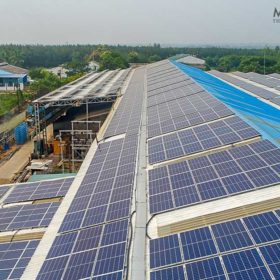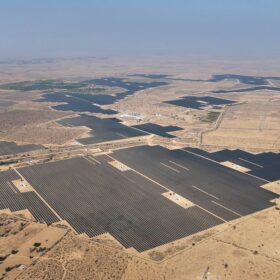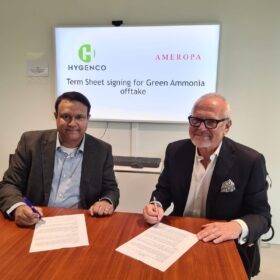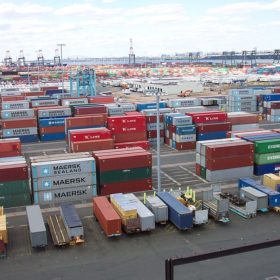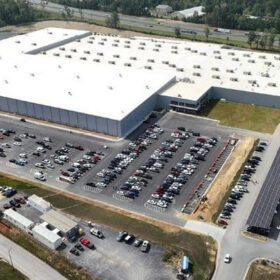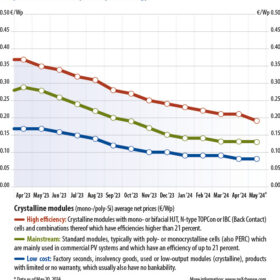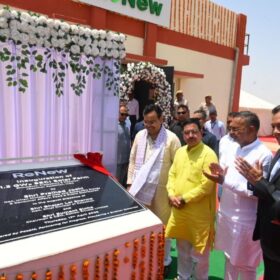Google invests in Taiwanese solar developer New Green Power
Google has made a capital investment in Taiwan-based New Green Power, in a deal that grants the US company the rights to procure up to 300 MW of solar assets.
Financial incentives, awareness could boost energy transition among MSMEs: WRI India
A new working paper by WRI India identifies existing gaps and offers suggestions to design policies that assist micro, small and medium enterprises (MSMEs) to switch to clean energy at a faster rate.
India installed 14.7 GW solar in FY 2024
India installed about 11.7 GW of utility-scale solar capacity and another 3 GW of rooftop solar capacity in the twelve months ending March 31, 2024.
The Hydrogen Stream: Hygenco secures green ammonia offtake agreement with Ameropa
India’s Hygenco Green Energies has signed a term sheet with Switzerland’s Ameropa for the potential supply of green ammonia from its forthcoming project at the Gopalpur port in Odisha.
Understanding the evolving landscape of Corporate Sustainability Due Diligence Directive
The Corporate Sustainability Due Diligence Directive signals a new era of corporate responsibility, urging Indian businesses to embrace sustainable practices to thrive globally. This presents an opportunity to enhance competitiveness, attract global partners, and contribute to a more sustainable and resilient future.
Cultural considerations for international solar expansion
Each region has a different way of doing things, whether it’s selecting sites, managing employees, or implementing manufacturing standards. Companies looking to expand into foreign markets need to be prepared to deal with these cultural differences, says Clean Energy Associates (CEA) Vice President Mark Hagedorn.
Hydrogen power: Unlocking the next frontier in renewable energy
The hydrogen economy in India is expected to undergo vast development in the coming years owing to government support and industry funding.
Low prices for TOPCon solar panels put pressure on PERC
In May 2024, high-efficiency panels, predominantly glass-glass modules equipped with tunnel oxide passivated contact (TOPCon) cells began to converge on price with mainstream offerings, writes Martin Schachinger, of pvXchange. Production volumes for these negatively-doped, “n-type” cells and modules have been ramped up in China while the increasingly restrictive customs situation in the United States may already be having an impact. For the European market, ever-lower prices for the latest module technology would suggest that demand would continue to rise were it not for a number of disruptive factors.
India renewable growth story to continue to shine
Renewable capacity addition is expected to remain at around 15-17 GW annually, owing to significant reduction in the module prices over the past 12 months and availability of liquidity.
Green hydrogen hubs: Unfolding India’s potential
Hydrogen hubs, which are organised areas where production and utilisation facilities are closely linked, can make green hydrogen projects more viable. This cluster-based approach addresses the technical, logistical, and commercial challenges of long-distance hydrogen transport, enhances project viability, and allows for economies of scale and concentrated infrastructure.

